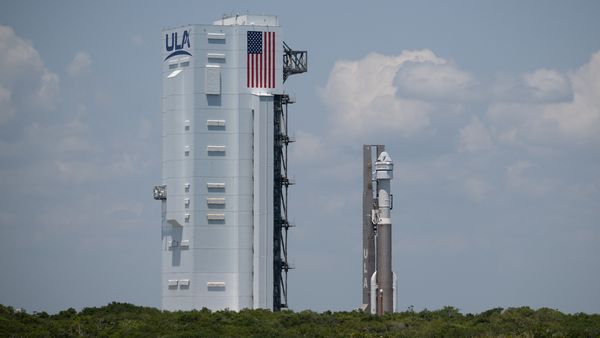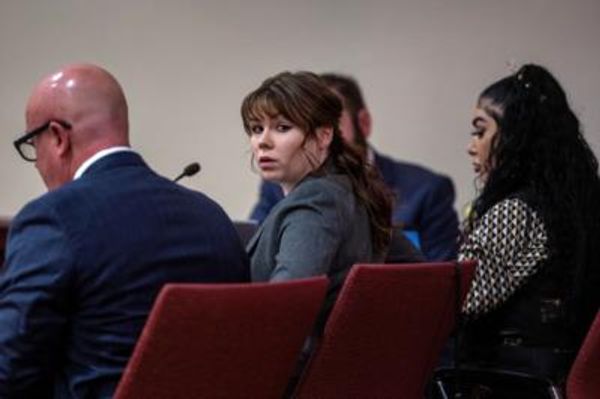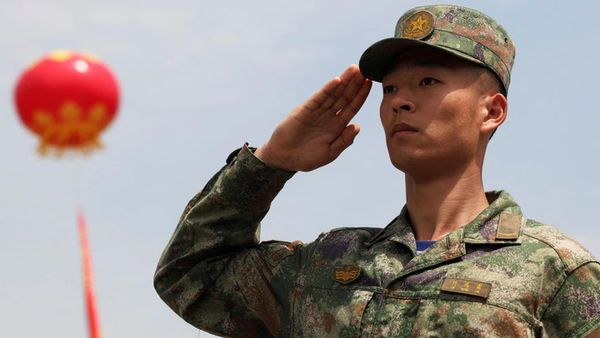
Celeste Barber is no stranger to fashion but she has a “love-hate relationship to [her] wardrobe and the industry around it”. The comic actor who made her name parodying high fashion shoots has since started starring in them (she’s a muse to Tom Ford, no less) and this outsider-to-insider trajectory makes her a perfect host for The Way We Wore, a three-part documentary series about Australia’s fashion history.
Contemporary fashion is grappling with a series of crises – social, environmental, economic – but The Way We Wore inspects clothing as a sort of material biography, a way of tracking personal and national character.
Director Nel Minchin brings this to life through a wealth of archival footage – from 1930s fashion parades in Sydney department stores, to male-gaze-heavy lingerie adverts – cutting to Barber for her (decidedly mixed) reactions.
The first episode (the only one made available to Guardian Australia) is a chronology of Australia’s magazine industry, with commentary from the people who helped shape it, including Vogue Australia editor-in-chief turned editorial director at News Prestige, Edwina McCann; Oscar-winning costume designer Catherine Martin; designer Akira Isogawa and founding Cleo editor Ita Buttrose. The episode begins with the launch of the Australian Women’s Weekly in 1933 and traces the evolution of Australian fashion media over the subsequent 90 years.

The assembled cast of industry figures are in a reflective mood – it never feels as if they are singing to their own choir about how great (or awful) the industry can be. Barber is attentive to how editorial image-making has shaped the way Australians see themselves and, she stresses, whether they see themselves at all. From Twiggy in the 1960s to Kate Moss in the 90s, the women Barber finds between the pages of glossy magazines have been mostly slim, white, wealthy – and often not Australian.
“I think Indigenous storytelling is certainly an area where [Vogue] did fall down for a very long period,” says McCann in the episode. “There were the most extraordinary talents everywhere, and we just hadn’t asked, we just hadn’t looked.”

Australian Vogue’s first Indigenous cover star, Elaine George, is also interviewed. Though the September 1993 cover launched her career, George admits the glamour wore off quickly: “In the industry there were no Aboriginal designers. I think if there was one or two, I might’ve stayed around to support.”
A lack of diversity and originality was also responsible for one of Australian fashion’s great gaffes – the 1988 Woolmark parade held at the Sydney Opera House. The runway show assembled six Australian designers to show alongside nine international designers, including Claude Montana, Gianni Versace, Oscar de la Renta and Donna Karan. “It was a very adventurous, big task,” publicist Adam Worling says in the episode.
Worling recounts that controversy ensued backstage, with international designers accusing the Australians of copying their style. Barber spins this moment as a turning point, after which Australian designers started to define their own identities (though many Australian designers have subsequently been charged with following international runways a little too closely).
Future episodes will cover the Australia’s fashion pioneers who have influenced what we wear today, and the rise of Australia’s textiles industry and its role in the global supply chain.
Barber hopes the TV series will act as a beginner’s guide to an industry she believes is undervalued in Australia. Even for those familiar with fashion, it is a delight to see that a style-consciousness has always existed in Australia, before fashion became the protean beast it is today.
• The Way We Wore premieres at 8pm on 21 November on ABC TV and iView.







